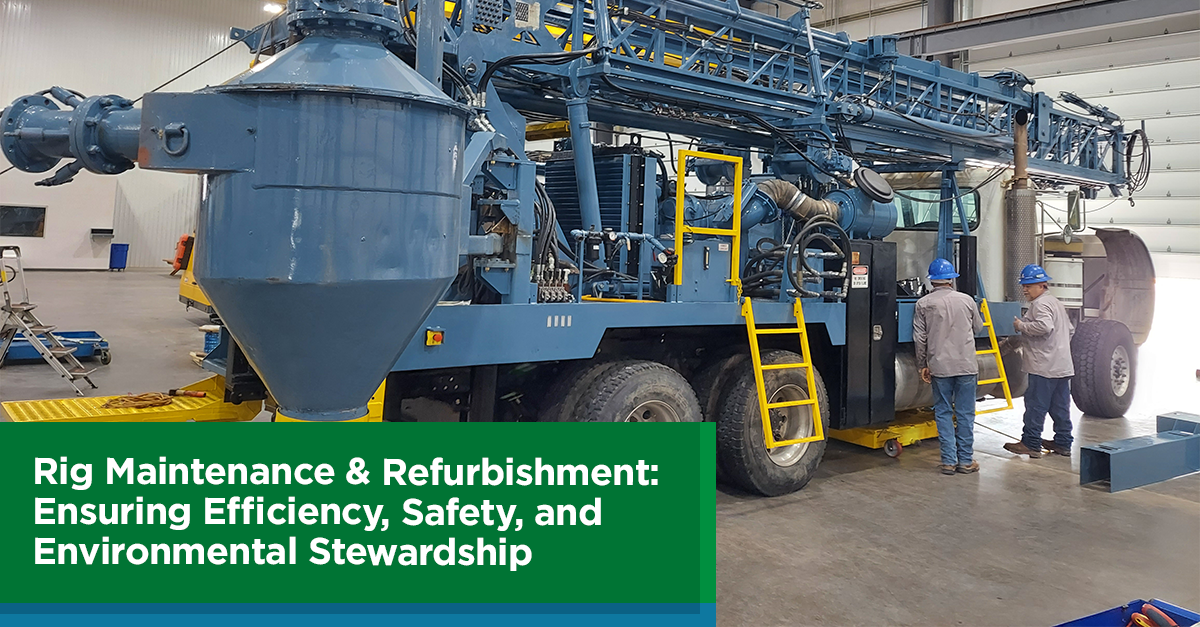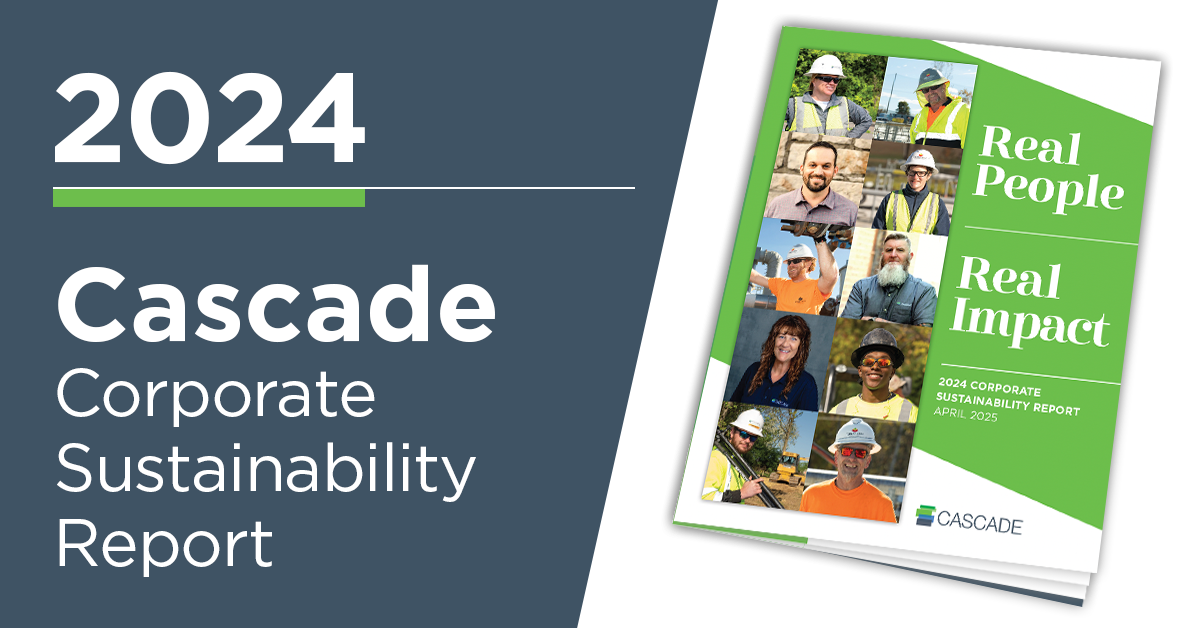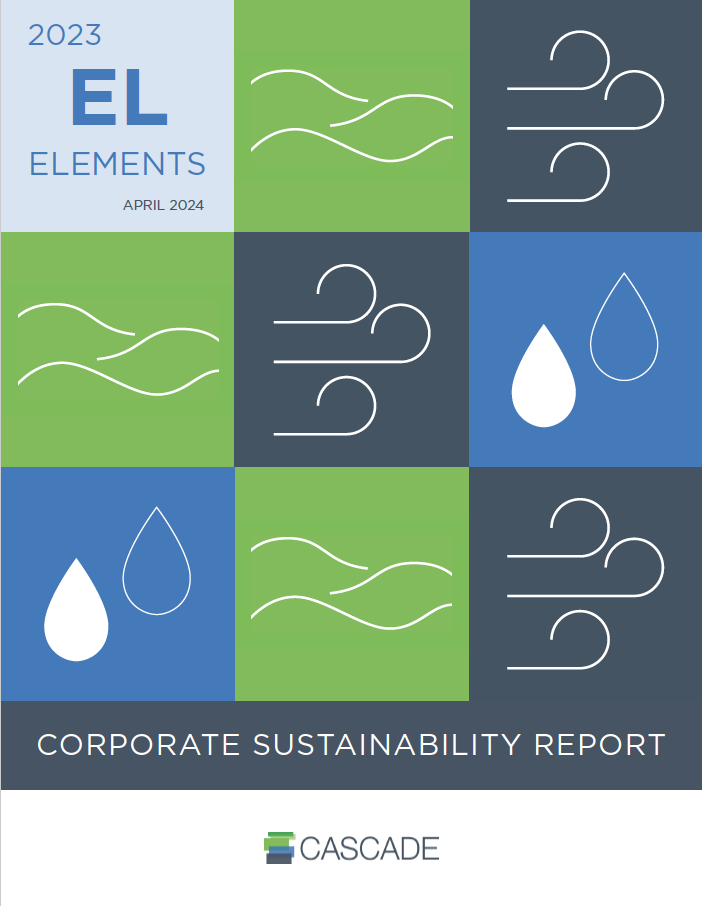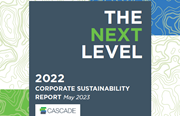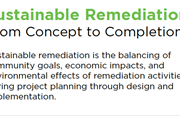5 Steps to Creating an Exceptional Sustainability Report
By: Sue BruningYou don’t have to be a dedicated sustainability professional to lead the reporting process in your organization. In my previous blog post, 3 Steps to Start the Sustainability Journey, I offered a simple process to get started: engage stakeholders to identify the important issues, choose a framework for credibility and consistency, then commit to transparency to ensure sustainable growth.
A defined and repeatable process led by shared governance teams can result in exceptional sustainability reports. This blog post gets into the nitty-gritty of the actual reporting process, explained in five steps.
STEP 1: SHARED GOVERNANCE TEAM MEETING
As Abraham Lincoln said, “Give me six hours to chop down a tree and I will spend the first four sharpening the axe.” This perfectly captures the essence of the reporting process. An exceptional report isn’t written by one person in a day, a week, or even a month. It’s a process. Exceptional reporting starts with a cross-functional group of leaders representing nearly every facet of the organization. This group meets several times to discuss significant events in the company, the industry, and stakeholder concerns. This team decides which issues are relevant to the reporting effort and determines what data is available to represent those issues.
For Cascade, this team is our Sustainability Council. We meet in person toward the end of the calendar year. Our planning begins with a review of our reporting framework (the Global Reporting Initiative Standards) to identify which issues will be included in the upcoming report based on the current materiality assessment and stakeholder feedback we received throughout the year. Each Council member provides an update from their respective department on significant changes, accomplishments, and challenges. We discuss impacts, both positive and negative, experienced by our industry since the last report. Finally, individual Council members are assigned responsibility for collecting specific data points and other content for the report.
STEP 2: DATA AND CONTENT GATHERING
Your reporting framework, sustainability plan, and previous reporting history all drive the depth and breadth of content required for your report. Report content includes data metrics (the numbers), images, quotes, practical examples, and stories. For this step of the process to move forward smoothly, I recommend a collaboration or project management tool. Storing all data in a single repository where team members can access it reduces confusion and streamlines the process. The repository also serves as a historical archive. It is extremely important to document the source of each data point, formulas used in calculations, assumptions, and exclusions for each issue. This helps to provide consistency and transparency in the reporting.
Our Council spends about six weeks pulling our initial report content. It’s placed in a shared cloud-based hub. We use a master tracking system to document responsibilities, deadlines, and associated background information for each data point. All supporting documentation and potential content pieces are stored in this hub as well. We also map each data point to its associated indicator from the GRI Standard. We spend a lot of time going through the content published throughout the year that supports our sustainability message. Blogs, webinars, social posts, client testimonials, press releases, articles, website content, and employee engagement campaigns can all be leveraged for the sustainability report.
STEP 3: COMPILE YOUR REPORT
Compiling the report is often the most challenging step in the reporting process. An exceptional report tells a cohesive story, with year-over-year performance comparisons and future goals highlighted with practical examples and human interest. It celebrates accomplishments and positive impacts as well as addresses challenges, information gaps, and missed targets. A sustainability report is a unique opportunity to incorporate a human element to data through storytelling.
As Council Chair, I take the lead in assembling Cascade’s sustainability report each year. It starts with an outline, then rough draft, then a polished draft goes to the graphic designer. The designer produces a beautiful first version that brings our story to life. A few more rounds of review and edits from internal stakeholders, and voila!
STEP 4: PUBLISH YOUR REPORT
The final draft doesn’t mark the end of the reporting process, it’s the halfway point. Now you are ready to publish and promote your efforts—because, after all that work, you want to be sure people know how to access the report. The best way to reach all the organization’s stakeholder groups is through multi-channel distribution. A combined effort of digital, print, website, social channels, subscribers, press release, and one-to-one sharing increases the probability of hitting that target audience. Considering launching your report in coordination with another milestone or significant event like an anniversary or holiday.
Each year I find the moment between final version and promotion a time to pause, take a deep breath, and just smile. Bask in the moment. Before the fanfare begins, I thank each person involved in the reporting process—from planning, gathering, reviews and editing. After three years of reporting at Cascade, the process was streamlined enough for us to launch our annual report on Earth Day. I can’t think of a better day on which to release our report.
STEP 5: EVALUATE AND MOVE FORWARD
The evaluation part of the process is an opportunity to improve on content, further enhance systems for data collection and analysis, contemplate lessons learned, and then start planning for next year. Even an exceptional report has room for improvement. Feedback from the reporting team is undoubtedly crucial for continuous improvement—but don’t stop there. Actively engage your stakeholder groups for their feedback. Discuss how your team can improve the reporting process as well as the report itself. Is there an issue your team has deemed material but you didn’t have the systems or policies in place this year to gather the data? Start building that process now so you can include it in future reports.
The very first page of Cascade’s Corporate Sustainability Report includes the point of contact for stakeholder feedback. We chose to place this call to action in the very beginning because it is important. We want to hear from our stakeholders. It is their input that drives our efforts.
Yes, the process can be exhausting, even a bit painful. Think of it as growing pains. Work through it, learn from it, and most importantly—stay positive. Sustainability reporting keeps an organization moving forward, growing in all the right ways.


